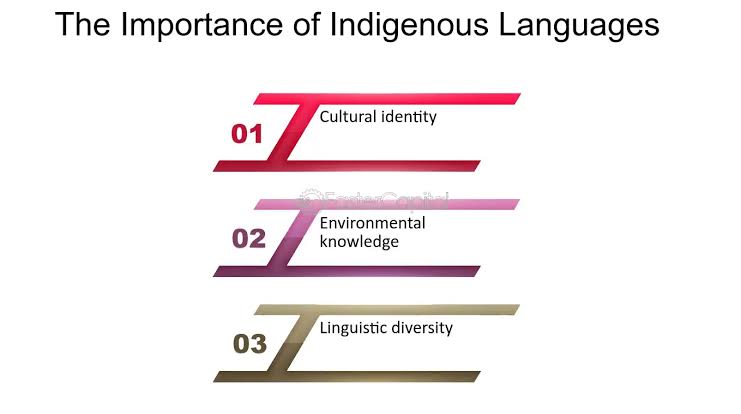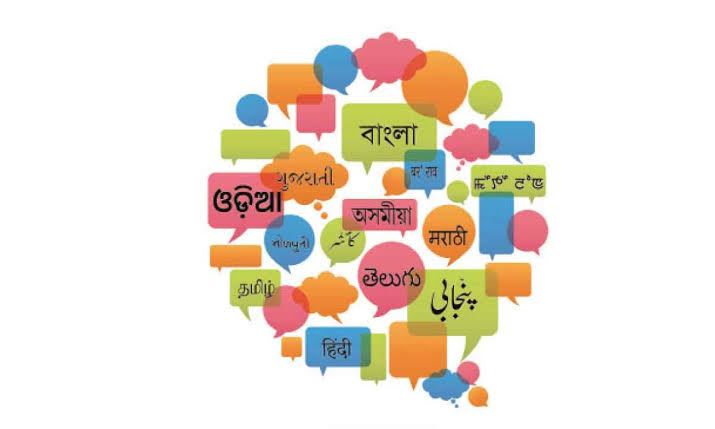Subtotal: $4398.00

In an increasingly globalized world, the translation industry plays a pivotal role not just in bridging communication gaps, but also in safeguarding cultural identity. One of the most significant contributions of language translation services is their ability to preserve cultural heritage and protect indigenous languages from extinction.
Why Cultural Heritage Needs Preservation
Cultural heritage is the legacy of physical artifacts and intangible attributes of a group or society passed down from generation to generation. From ancient folklore and traditional medicines to local rituals and oral histories, these cultural treasures hold immense value. However, when languages disappear, these stories and traditions often vanish with them. That’s where professional translation steps in—as a guardian of memory, identity, and diversity.

The Importance of Indigenous Languages
According to UNESCO, nearly 40% of the world’s estimated 7,000 languages are endangered. Many of these are indigenous languages that lack written records, formal grammar systems, or widespread usage. Without proactive documentation and translation, these languages face a real threat of extinction.
Translators, especially those working in localization services, play a critical role in documenting indigenous languages. By converting oral stories into written texts or translating them into widely spoken languages, they help preserve the voice of a people for future generations.
How the Translation Industry Contributes
1. Documenting Oral Traditions: Translators often collaborate with anthropologists and local communities to transcribe oral narratives into written form, ensuring they are preserved and shared globally.
2. Multilingual Education: Educational materials translated into native tongues promote learning while reinforcing cultural identity.
3. Digital Localization: With the rise of digital content, localization experts adapt websites, apps, and media into indigenous languages, ensuring digital inclusivity.
4. Cultural Exchange: Translated literature and historical texts enable cross-cultural understanding and appreciation, allowing heritage to be celebrated beyond its native borders.

The Way Forward
The future of language preservation lies in collaboration between communities, linguists, and the translation services industry. With support from governments and cultural organizations, more initiatives can focus on language revitalization and heritage translation projects.
In conclusion, translation is more than a linguistic service—it is a powerful tool for cultural conservation. By investing in the preservation of indigenous languages through translation, we are not just saving words—we are saving worlds.